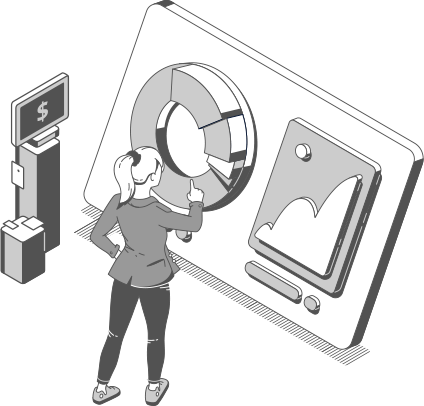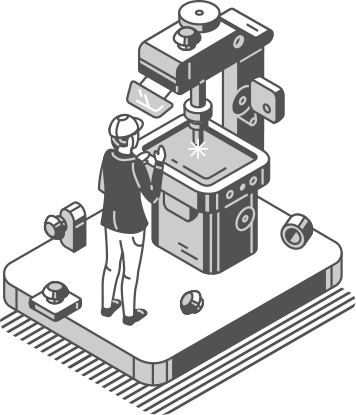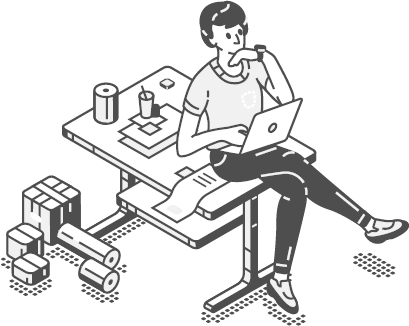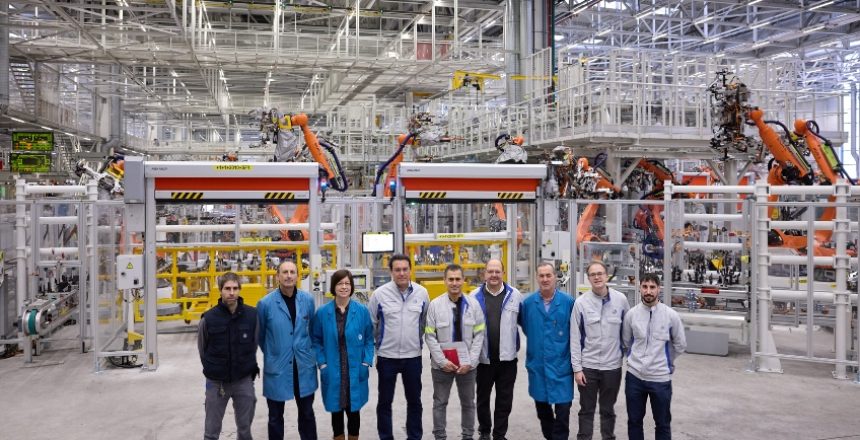The new unit will be dedicated exclusively to the production of the platform for the two electric cars to be launched in 2026. The president of Volkswagen Navarra, Michael Hobusch, assured that the new infrastructure ‘ratifies the progress in time and form’ of the electrification project of the production centre that the German automaker has in Landaben.
Work on the 5,390 square metre extension of Hall 1C in the Sheet Metal Shop and the installation of the new production systems began in June 2023 and was completed in January 2024. This building, which now has a total surface area of 37,390 square metres, has 173 new robots, in addition to the existing 879. In the coming months, a further 623 robots will be added.
Thanks to the modernisation of the processes, the robots will be able to start their work automatically and simultaneously, improving productivity and the quality of vehicles in pre-series and series production. Until now, this process had to be carried out manually and sequentially.
In addition, the compressed air welding guns have been replaced by electric welding guns, which saves energy and reduces the environmental impact. The Consortium’s new programming standard, VASS 6, has also been implemented.
NEW LOGISTICS TENT
The Chapistería extension included the construction of a 5,250 square metre logistics tent, designed to centralise the supply of essential parts for the assembly of bodywork by the robots.
According to Amaia Gorosquieta Guembe, head of Infrastructures, ‘the biggest challenge has been to carry out the work without affecting production and the daily logistics supply, a challenge successfully overcome thanks to the collaboration of all the departments’.
For his part, the President of Volkswagen Navarra, Michael Hobusch, emphasised that this new infrastructure confirms that the electrification of the Landaben plant is progressing on schedule. ‘With the installation of this platform, our focus is now on the modifications to the body shop to complete the bodywork, the assembly of the new press and the work necessary for the battery input at Assembly,’ he said.
STRONG INDUSTRY READY FOR THE ELECTRIC TRANSITION
The automotive sector in Navarre plays a crucial role in the regional economy, contributing around 25% of industrial GDP, which is equivalent to 6% of the region’s total GDP. With a business fabric made up of 120 companies and a turnover of 6,500 million euros, this industry generates direct employment for some 13,000 people, representing 4.5% of total employment in the region. It also leads exports from Navarre, accounting for 46% of exported goods, making it the main export engine.
Its dynamism is reflected in the strong presence of first- and second-tier supplier companies, many of them multinationals, which have been able to adapt to the demands of national and international manufacturers. Thus, more than 65 % of industrial activity is concentrated in the production of components related to transmission, powertrain and vehicle interiors. This growth has been largely driven by Volkswagen Navarra, which leads in terms of both employment and production capacity, with more than 4,600 workers at its Landaben factory.
For its part, the Automotive Cluster of Navarre (ACAN), founded in 2011, brings together most of the companies in the sector and acts as a catalyst for competitiveness. Its aim is to consolidate Navarre as a benchmark region in the automotive sector, fostering cooperation between the different players in the value chain. This initiative strengthens the regional positioning in a key sector for economic and industrial development.
For more information on the important role that the automotive industry plays in the economy of Navarre and the possibilities it offers for attracting new investment and talent to the region, please click on the following link.
Source: Pamplona Actual




